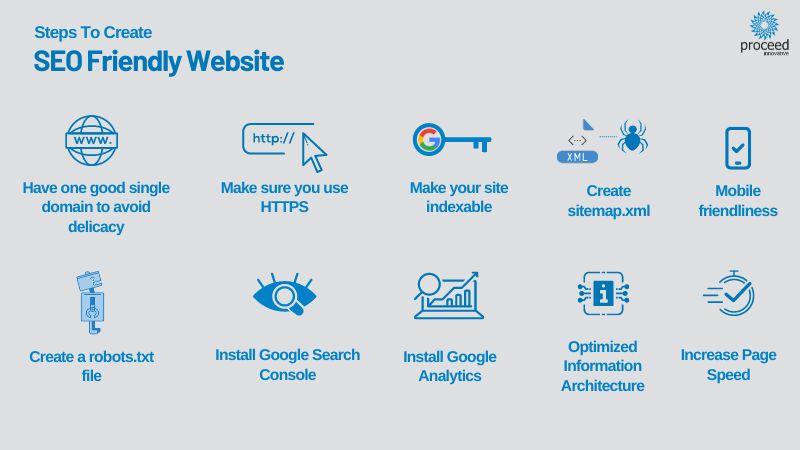Buzz Haven: Your Daily Dose of News and Information
Stay updated with the latest trends, news, and insights from around the world.
Designing for Search Engines: A Match Made in HTML Heaven
Unlock the secrets to SEO-friendly design! Discover how HTML can boost your site's visibility and charm search engines.
Understanding HTML Tags: The Building Blocks of SEO Success
HTML tags are essential elements of web pages that structure and organize content in a way that search engines can understand. Each tag serves a specific purpose, from defining headings with <h1> to <h6> to emphasizing important text using the <strong> tag. By using the proper HTML tags, you create a framework that not only enhances user experience but also contributes significantly to SEO success. For instance, search engines prioritize content wrapped in heading tags, making it easier for them to index and rank your page effectively.
When creating content, it's vital to recognize the role of meta tags and <title> tags in driving traffic to your site. Meta descriptions, which appear in search results, should be crafted with attention to detail and include relevant keywords. Utilizing an appropriate hierarchy of HTML tags—including lists using <ul> and <ol> for organized content—can improve readability and keep visitors engaged. In summary, mastering HTML tags equips you not only to boost your SEO performance but also to cater to the preferences of your audience, ultimately leading to higher conversion rates.

Top Design Principles for Enhancing Search Engine Visibility
To enhance search engine visibility, it is crucial to incorporate top design principles that facilitate both user experience and SEO optimization. One fundamental principle is ensuring your website is mobile-friendly. With the increasing number of searches conducted on mobile devices, Google prioritizes sites that offer a seamless experience across all screen sizes. Additionally, websites should utilize responsive design, which allows content to adapt dynamically to various device resolutions. This not only improves user engagement but also signals to search engines that your site is up to date with current browsing trends.
Another effective design principle is the use of clear and intuitive navigation. Site structure plays an essential role in helping search engines understand your content hierarchy and relevance. Utilize breadcrumbs and a well-organized menu to allow users and crawlers to move through your site effortlessly. Furthermore, incorporating descriptive alt text for images can enhance visibility in search results. By providing context to visuals, you boost your chances of appearing in image searches, ultimately driving more traffic to your site. Adopting these design principles will lead to significantly improved search engine visibility.
How to Optimize Your Website's Structure for Better SEO Performance
Optimizing your website's structure is crucial for improving SEO performance. A well-organized site allows search engines to crawl your pages more efficiently, which can lead to higher rankings in search results. Start by creating a clear and simple hierarchical structure for your content. Use header tags (H1, H2, H3) to establish a logical flow of information. Additionally, ensure that your URLs are short, descriptive, and include relevant keywords. This way, both users and search engines can easily understand what each page is about.
Another important aspect of optimizing your website's structure is the use of internal linking. This technique helps distribute link equity across your site, making it easier for search engines to discover new content and improving user navigation. Implement a sensible internal linking strategy by linking related articles and incorporating breadcrumbs for better contextual navigation. Finally, consider the mobile-friendliness of your site, as responsive design directly impacts user experience, which is a key factor for SEO success.